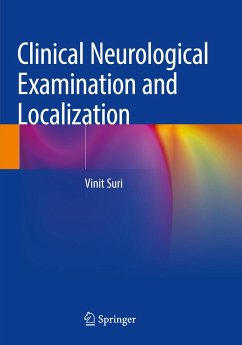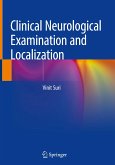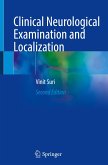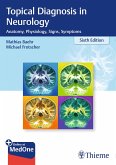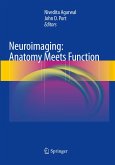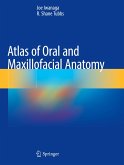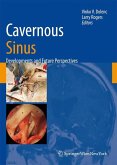Bedside Neurological examination is an important tool in diagnosing neurological disorders . Despite significant advances in the investigations available for diagnosing neurological disorders bedside neurological examination remains the cornerstone in diagnosing neurological disorders and should not only be conducted prior to the investigations but should be actually be utilized to plan the appropriate investigations .The book provides a focused account of various aspects of the neurological examination leading to clinical localisation and hence obtaining the neurological diagnosis. It includes topics like' how to obtain a appropriate neurological history' , 'higher mental system examination', examination of speech and various cranial nerves and examination of other systems including motor system, sensory system, reflexes , cerebellar and autonomic nervous system.The book also includes certain interesting topics like 'neurological examination of the unconscious patient 'and 'tricks and tips of neurological localisation. The book is easy to read and memorize due to multiple self explanatory illustrations and important aspects being highlighted in bulleted format. The book will be of extreme help for MD and DNB students of Internal Medicine as well as DM and DNB students of Neurology and DNB and MCH Neurosurgery students , hence covering a fairly large readership base . It will also be read by practising Internal medicine physicians , neurologists and neurosurgeons who may want to revise the basics and tricks of neurological examination and localization
Hinweis: Dieser Artikel kann nur an eine deutsche Lieferadresse ausgeliefert werden.
Hinweis: Dieser Artikel kann nur an eine deutsche Lieferadresse ausgeliefert werden.

